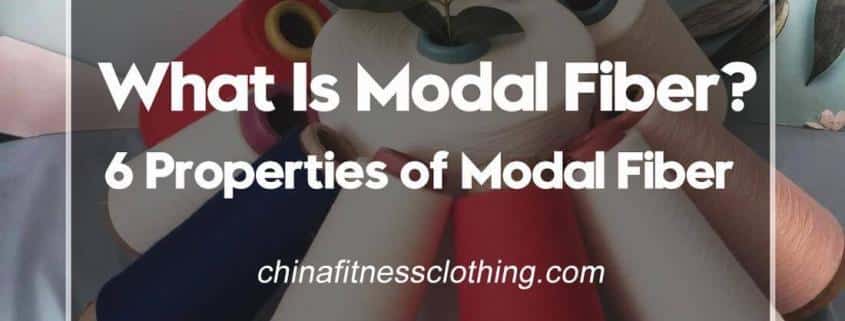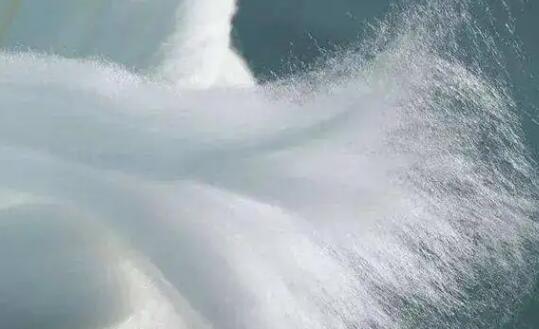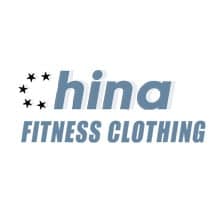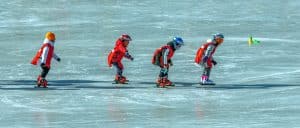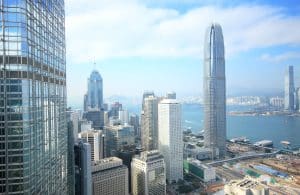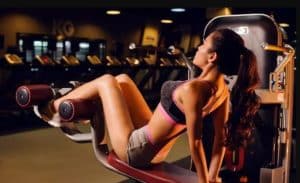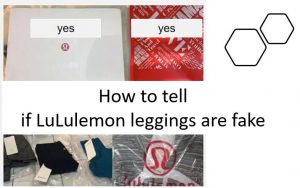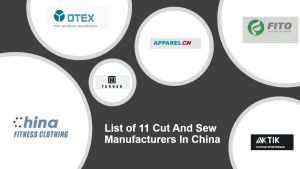Modal fiber is a kind of cellulose fiber like rayon. It’s pure man-made fiber (synthetic fiber).
What Is Modal Fiber?
Modal is a new type of regenerated cellulose fiber developed by Lenzing company in Austria as early as the 1980s. Due to the high price of the fiber at that time, the properties of the fiber were not fully understood, so mass production was not formed.
Until the end of the last century, with the improvement of people’s living standards, people’s requirements for wearing comfort also gradually improved, and the close-fitting clothes woven with modal fiber used by some underwear manufacturers came out. Like the Leica label in the past, the modal label has become the new favorite of this era and is welcomed by consumers.
Modal is a new high wet modulus viscose fiber and a new generation of regenerated cellulose fiber. The raw materials of this product are all-natural materials, which are made of beech wood from Europe. First, it is made into wood pulp and then processed into fiber through special spinning process. Since more than 99% of the solvent used in the spinning process can be recovered, the whole production process is basically free of pollution and is harmless to the human body. It can decompose naturally and is harmless to the environment, so it is called green fiber.
6 Properties of Modal Fiber
- Physical property
Modal has a longer length, so that the modal has better yarn strength and evenness uniformity. It has less hairiness and a smooth surface. Compared with ordinary viscose fiber, Modal has better fineness and can spin finer yarn. The density of modal is greater than that of ordinary viscose fiber, and its volume expansion rate when exposed to water is smaller than that of viscose fiber, indicating that the modal is less affected by humidity than viscose fiber.
- Mechanical property
Compared with viscose fiber, the dry strength and wet strength, dry initial modulus and wet initial modulus of modal fiber are larger. However, the dry elongation and wet elongation of modal fiber are smaller than those of viscose fiber. The dry and wet strength of modal fiber is better than that of viscose fiber, and its high strength makes it suitable for producing superfine fiber. At the same time, the degree of fibrillation is small, so it has better spinnability and weaving property.
- Feel and luster
The good appearance of modal fiber makes its fabric have silk like luster, which greatly improves the grade of clothing; the mixture of modal fiber and cotton fiber will produce a luster similar to cotton mercerizing process; modal fiber fabric has bright color and is a natural mercerizing fabric.
Modal fiber is fully fine denier, and the structure of its longitudinal section is smooth, which makes it silky soft and smooth. The handle of the fabric is particularly smooth, and its softness and smoothness can be felt when contacting with skin. Good handle and drapability make the garment more elegant. The soft touch gives the fabric the reputation of the second skin.
- Dyeing property
Dyeing mainly occurs in the amorphous region of fiber molecular structure, which is related to the crystallinity of fiber. As a kind of cellulose fiber, the dyeing performance of modal fiber is similar to that of viscose fiber and cotton fiber.
The traditional dyes used in cellulose fiber dyeing, such as direct dyes, reactive dyes, vat dyes, sulfide dyes and azo dyes, can be used in the dyeing of modal fabrics. With the same dye uptake, modal fabrics have better color and bright color. Modal and cotton blended fabric can be mercerized, so that the dyeing is uniform, rich and colorful, and the color and lustre can be maintained for a long time.
- Blending property
Modal fiber can produce uniform evenness in spinning, and can be blended with other fibers in different proportions, such as wool, cotton, hemp, silk, polyester and so on. The dry strength of modal fiber is close to that of polyester, and its wet strength is much higher than ordinary viscose. The luster, softness, hygroscopicity, dyeability and color fastness of modal fiber are better than those of pure cotton products.
The fabric made of modal fiber shows a kind of silk luster, which has pleasant soft touch feeling, drape feeling and excellent wear resistance. Modal fiber can be blended and interwoven with a variety of fibers, such as cotton, hemp, silk, etc., to improve the quality of these fabrics, make the fabrics soft and smooth, and give full play to the characteristics of each fiber.
- Stable performance
Modal fiber fabric has stable wearability, good clothing effect, strong shape stability, natural wrinkle resistance and no iron property, making it more convenient and natural to wear. After testing and comparing, after 25 times of washing with cotton fabric, the handle of cotton fabric will become harder and harder, while modal fiber fabric is just the opposite. Modal is softer and brighter when washed.
The development and utilization of modal fiber caters to people’s desire of “returning to nature” and using natural fiber. The dry strength of modal fiber is close to that of polyester, and its wet strength is much higher than ordinary viscose. The luster, softness, hygroscopicity, dyeability and color fastness of modal fiber are better than those of pure cotton products. The fabric made of modal fiber shows a kind of silk luster, which has pleasant soft touch feeling, drape feeling and excellent wear resistance.
Modal is increasingly becoming the material of outerwear and its decorative cloth. In order to improve the poor stiffness of pure modal products, modal can be blended with other fibers and achieve good results. Modal can also embody its weavability in weaving process, and can be interwoven with yarns of other fibers to weave various fabrics.

